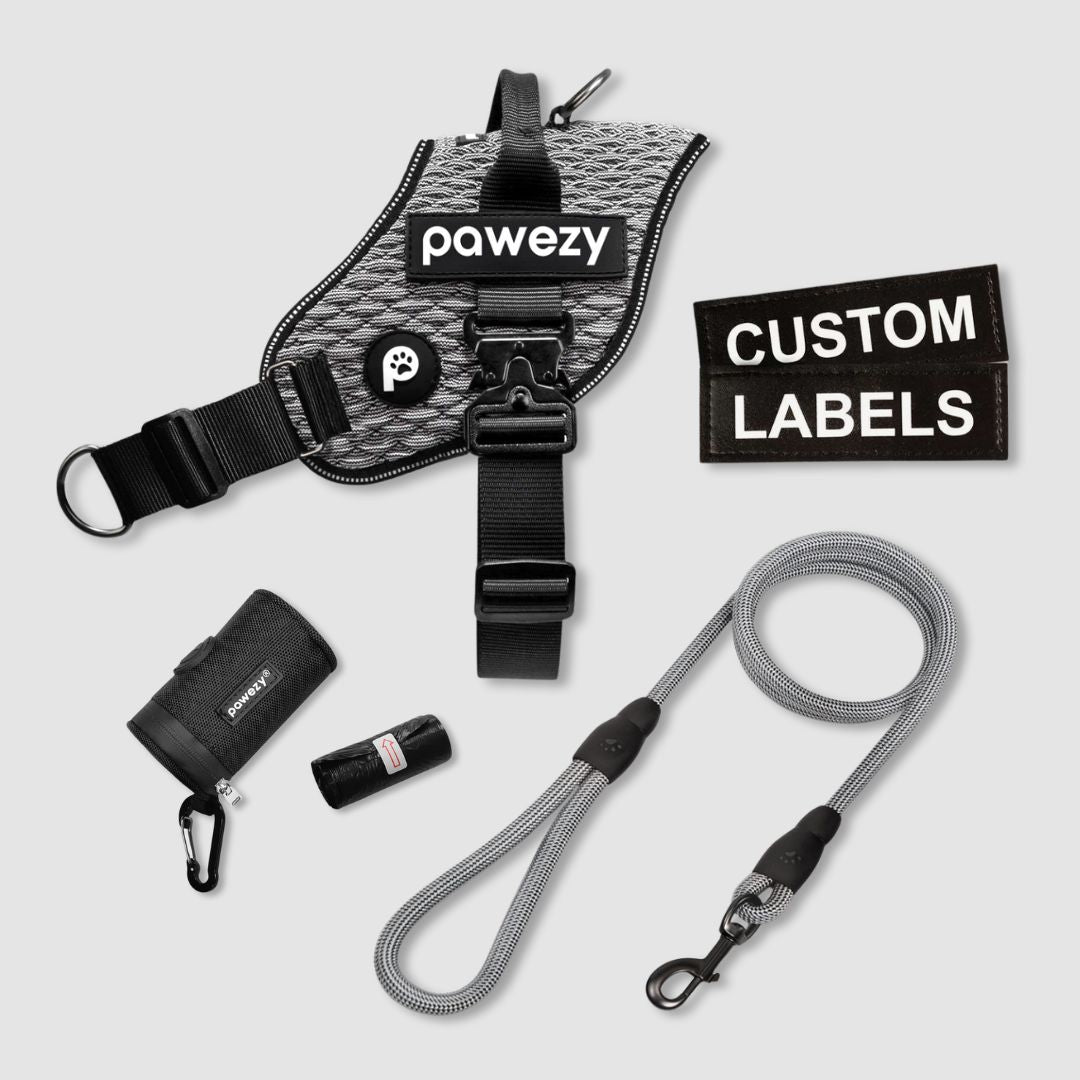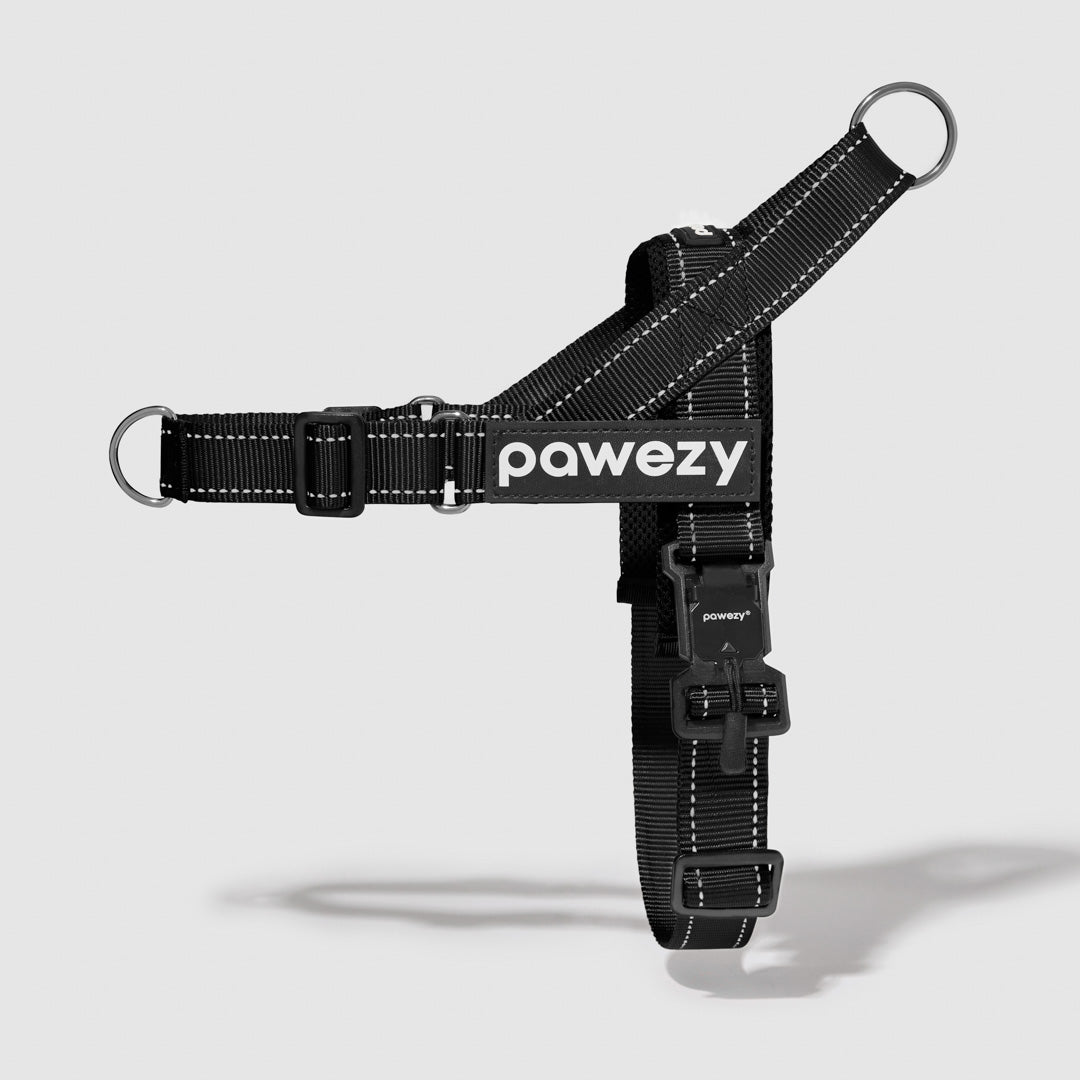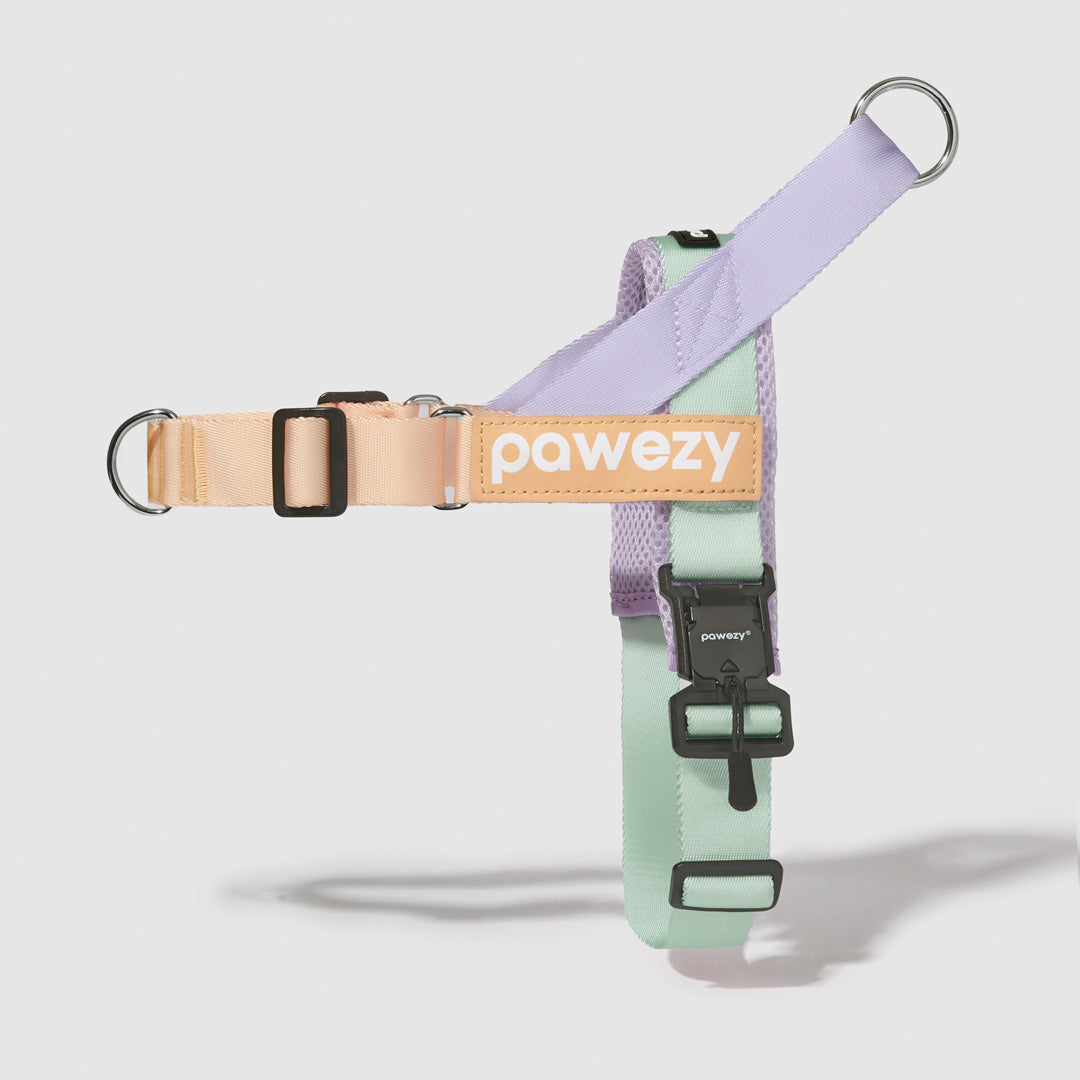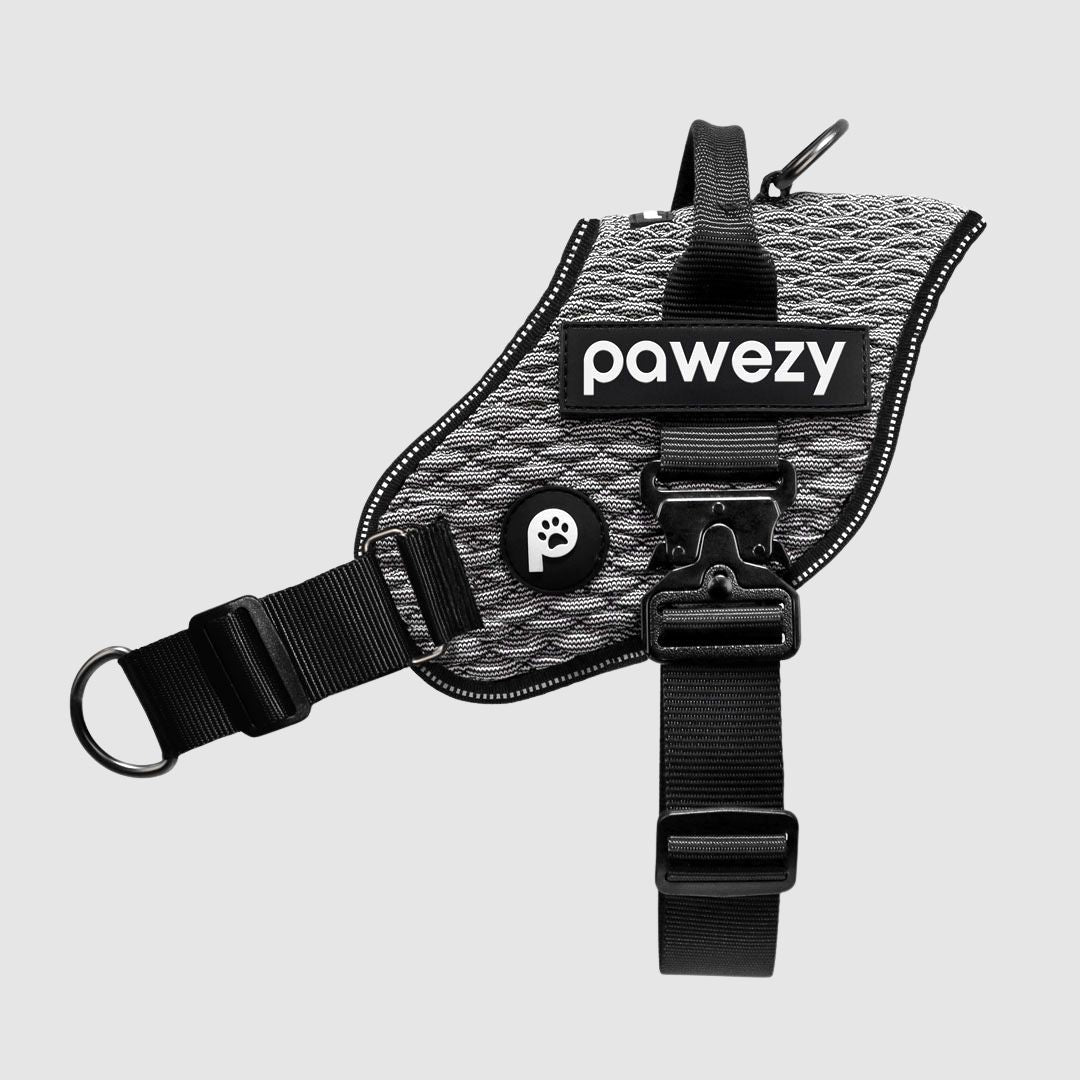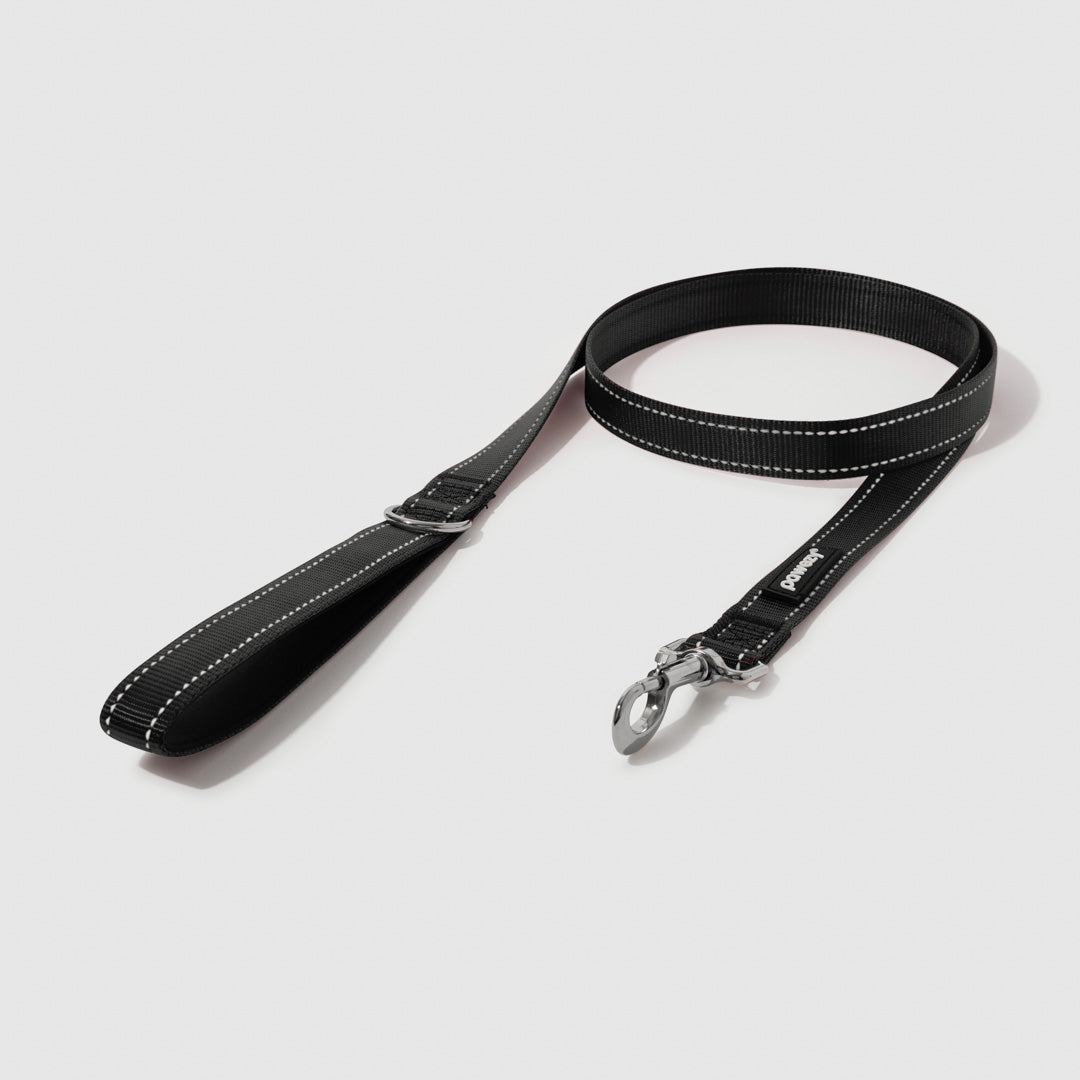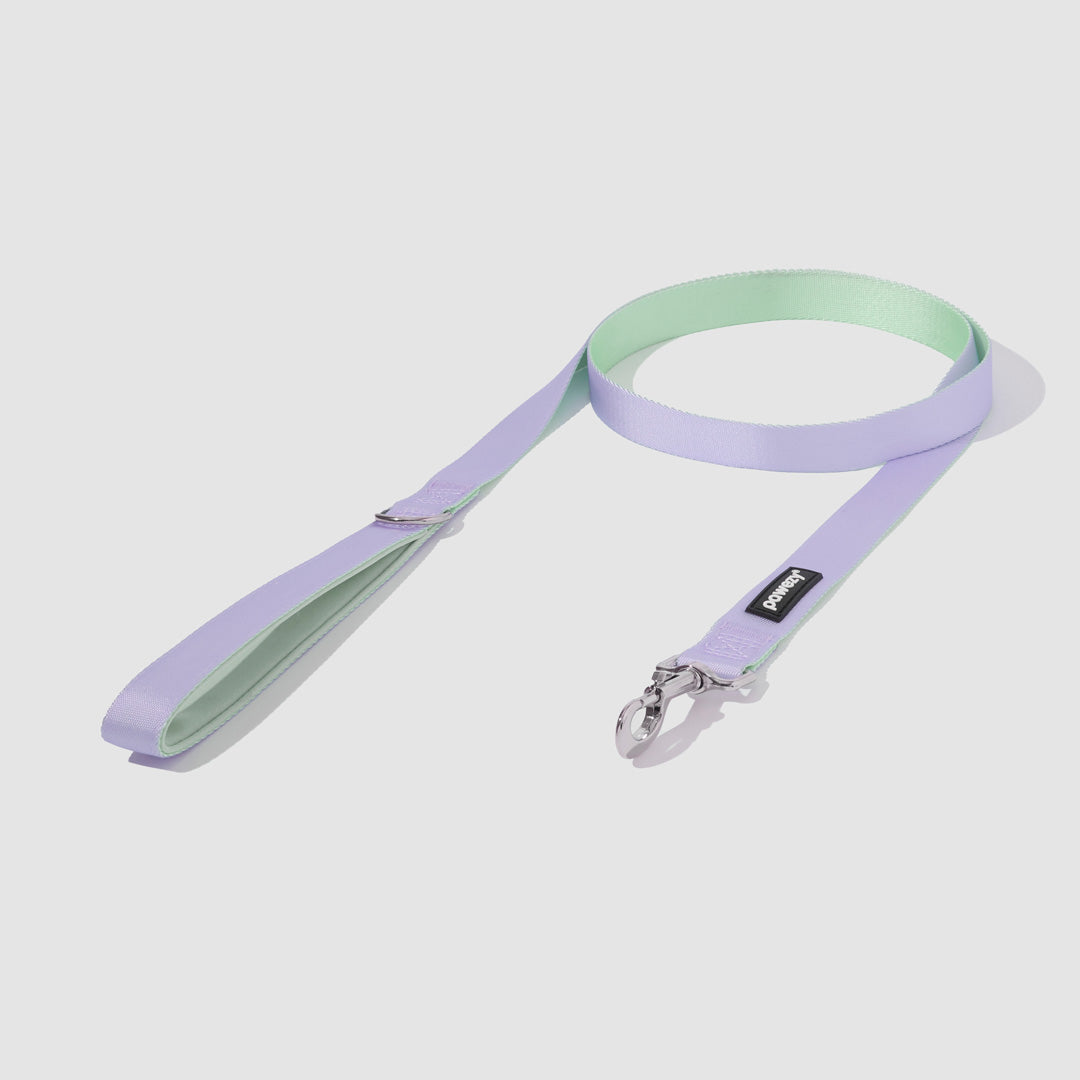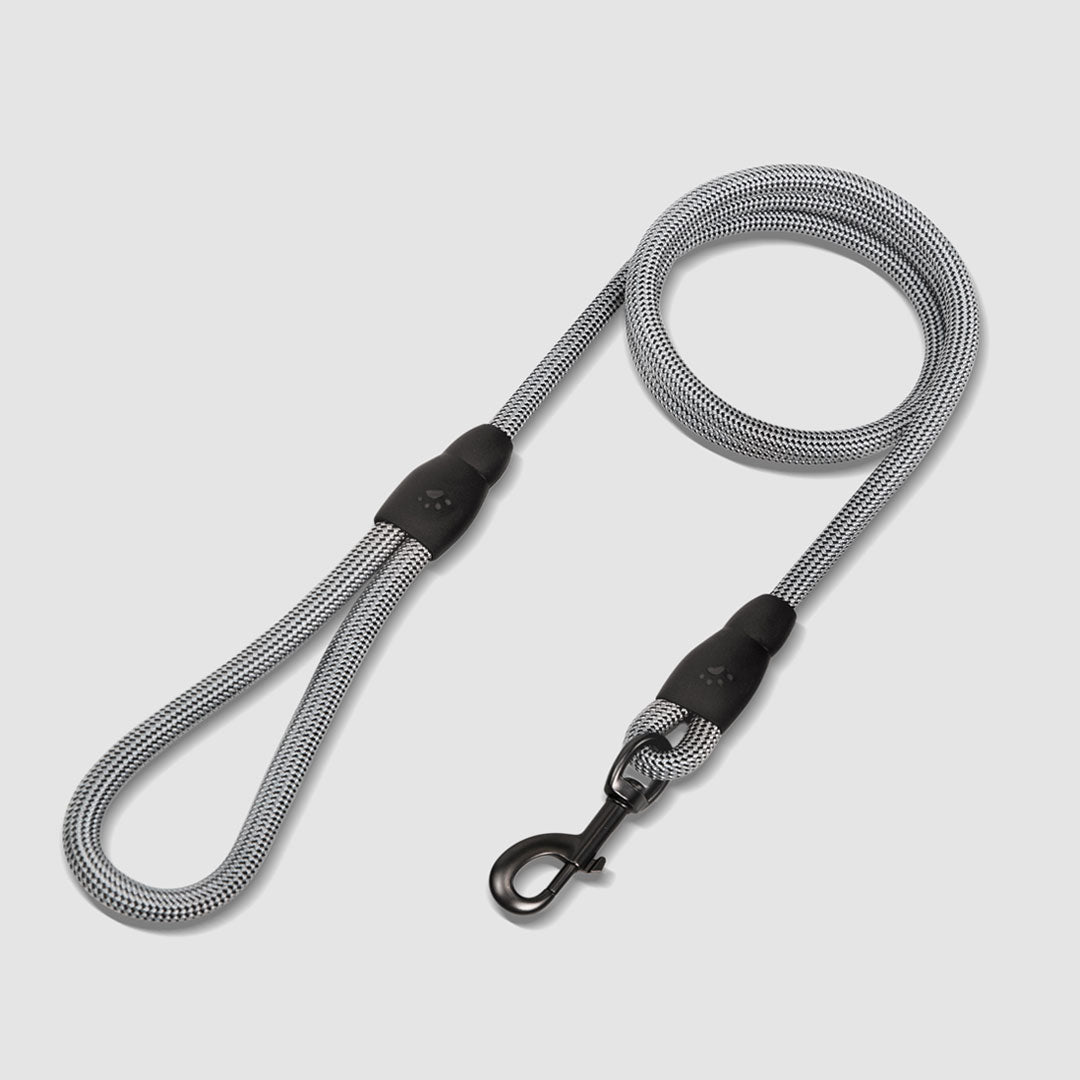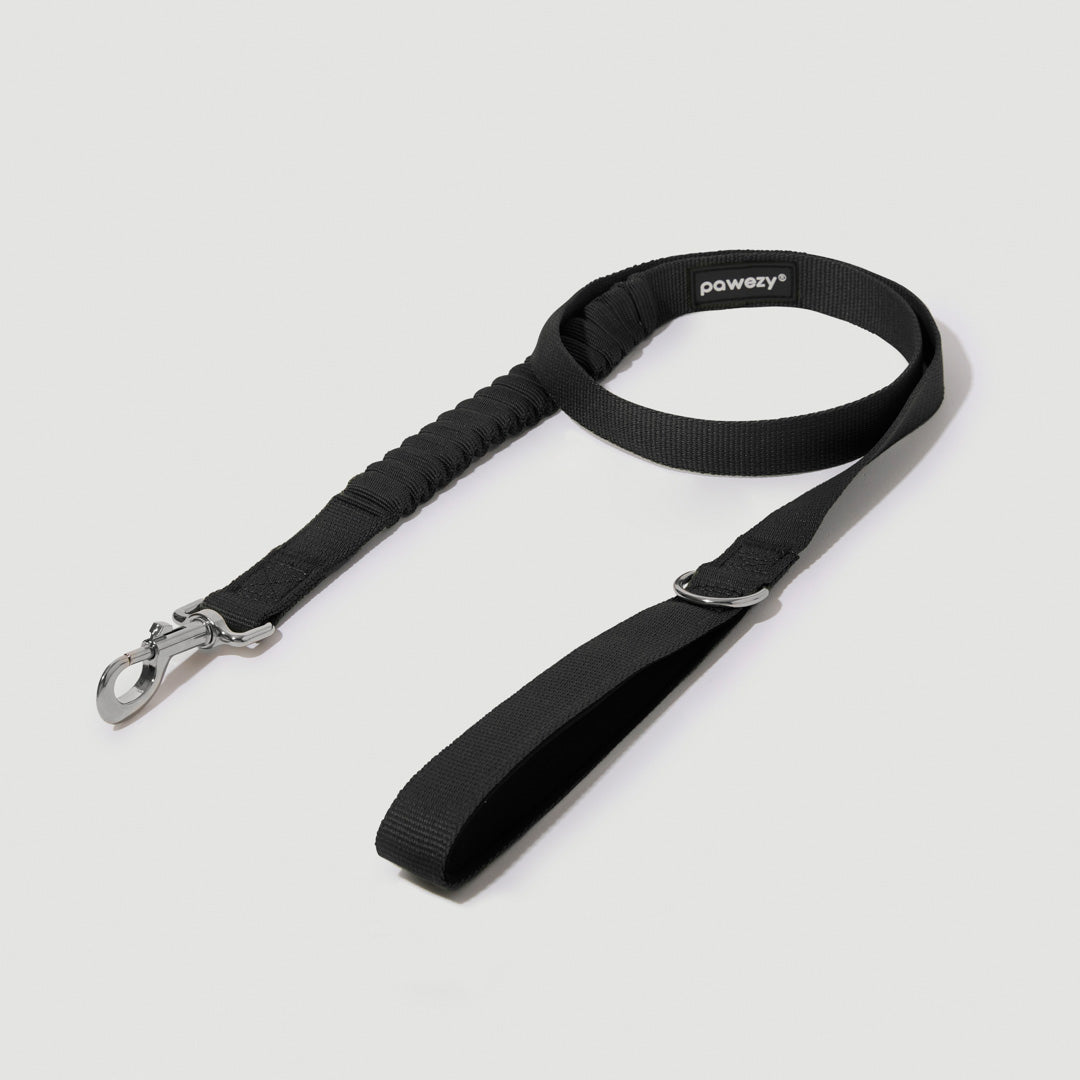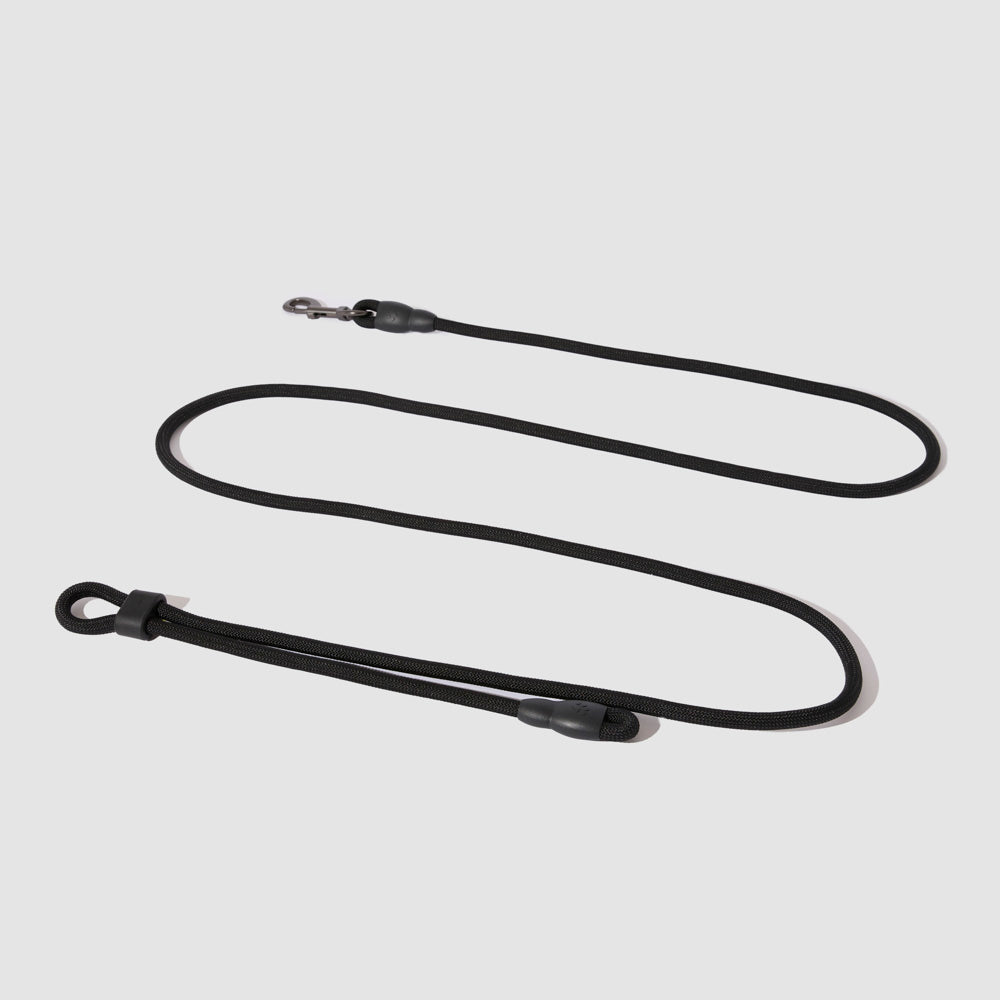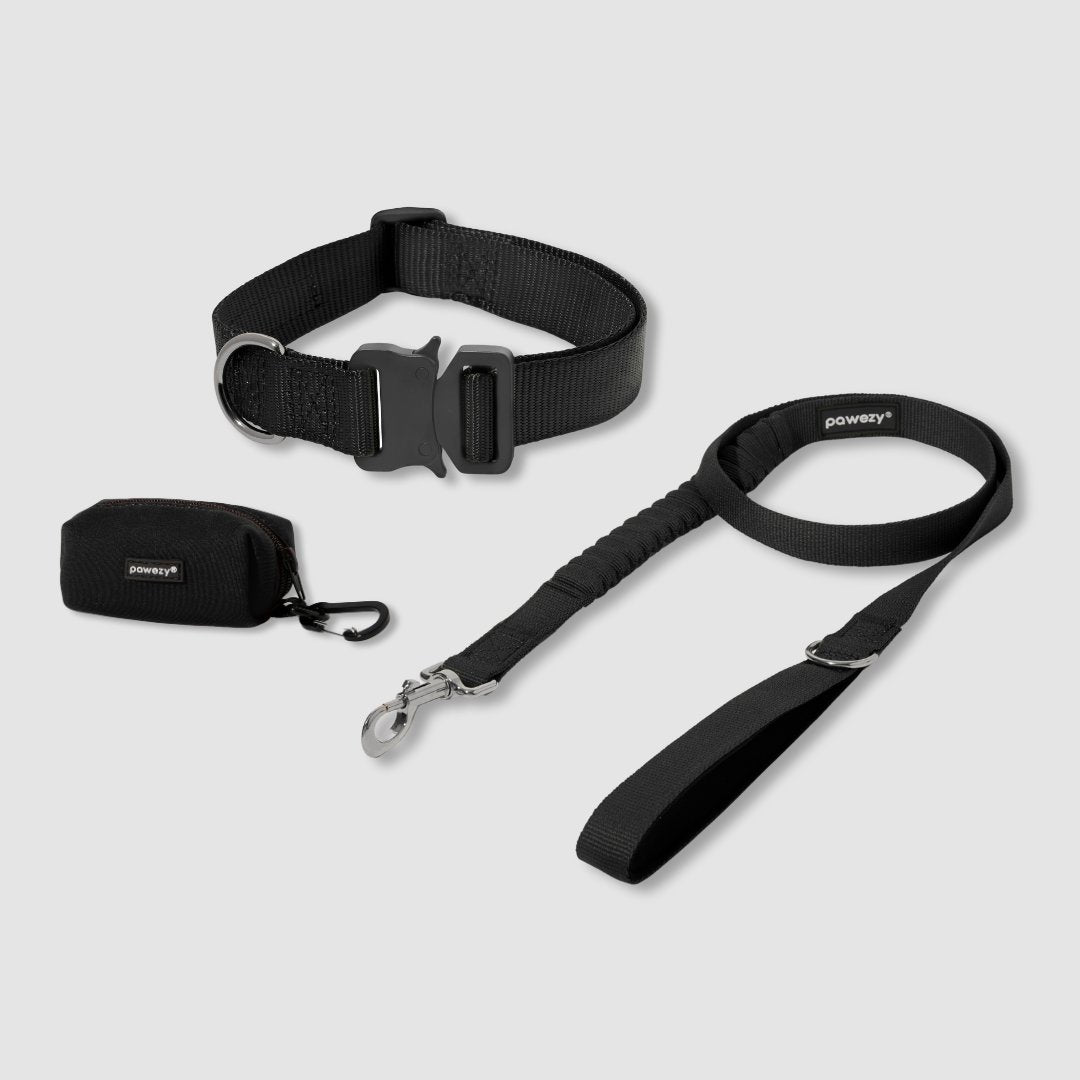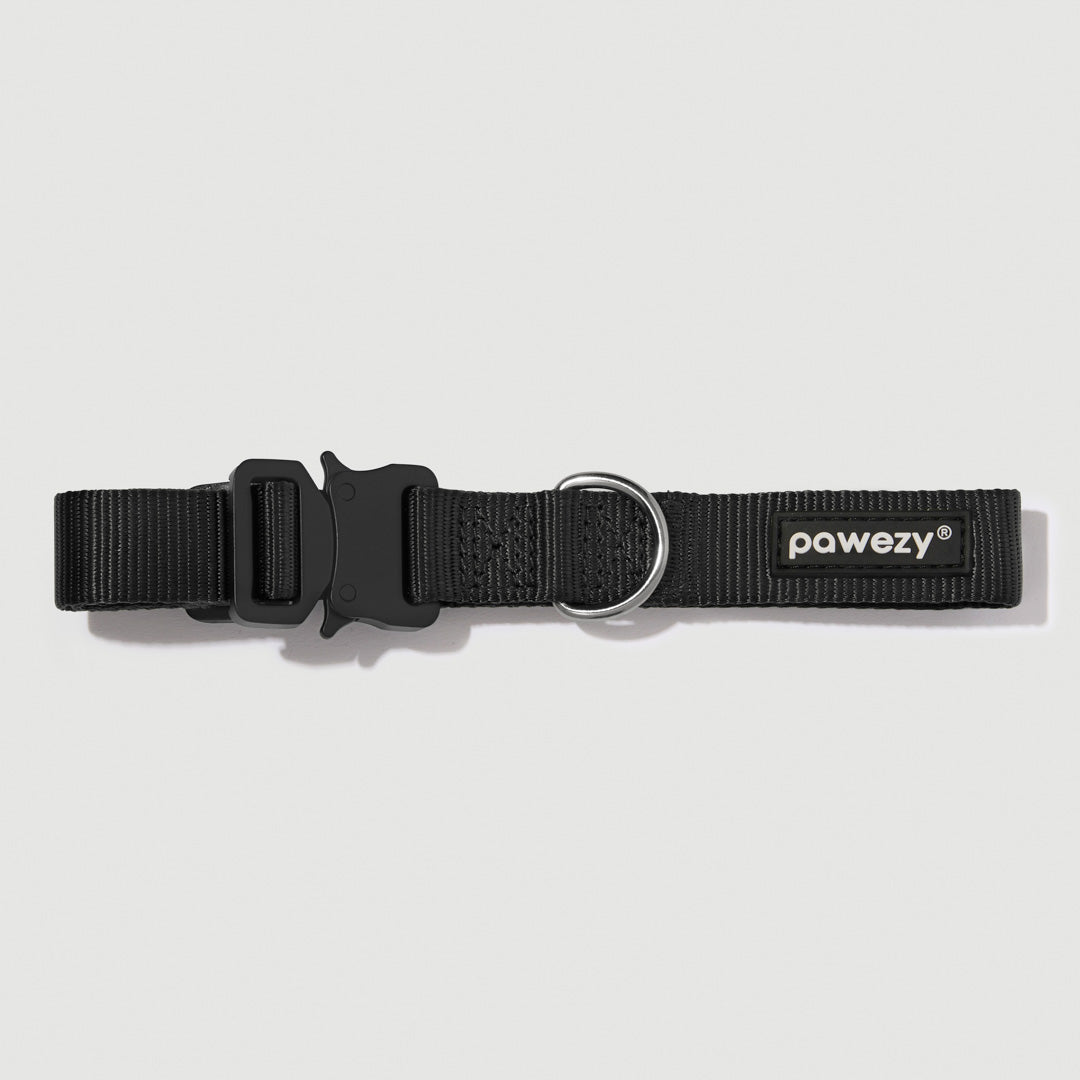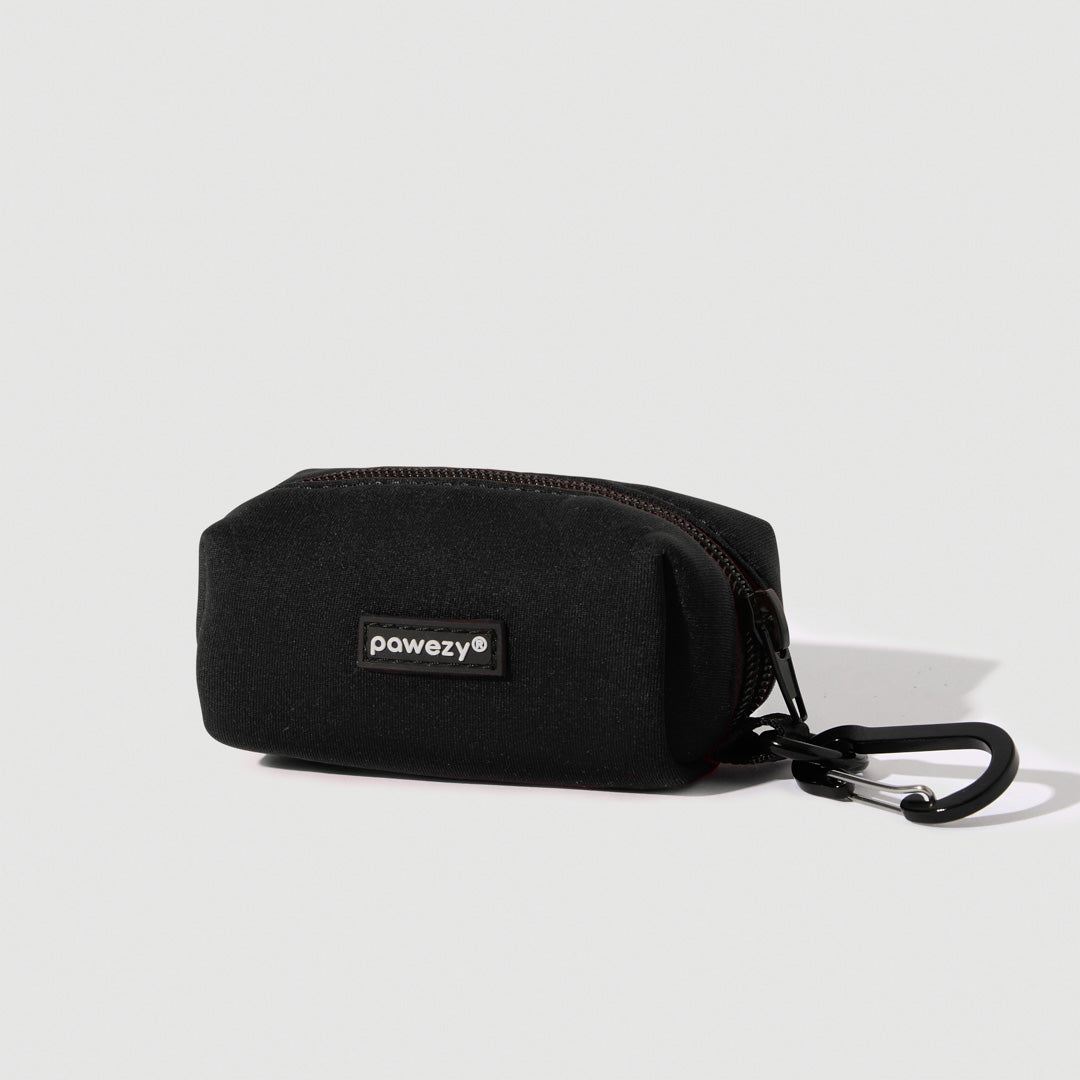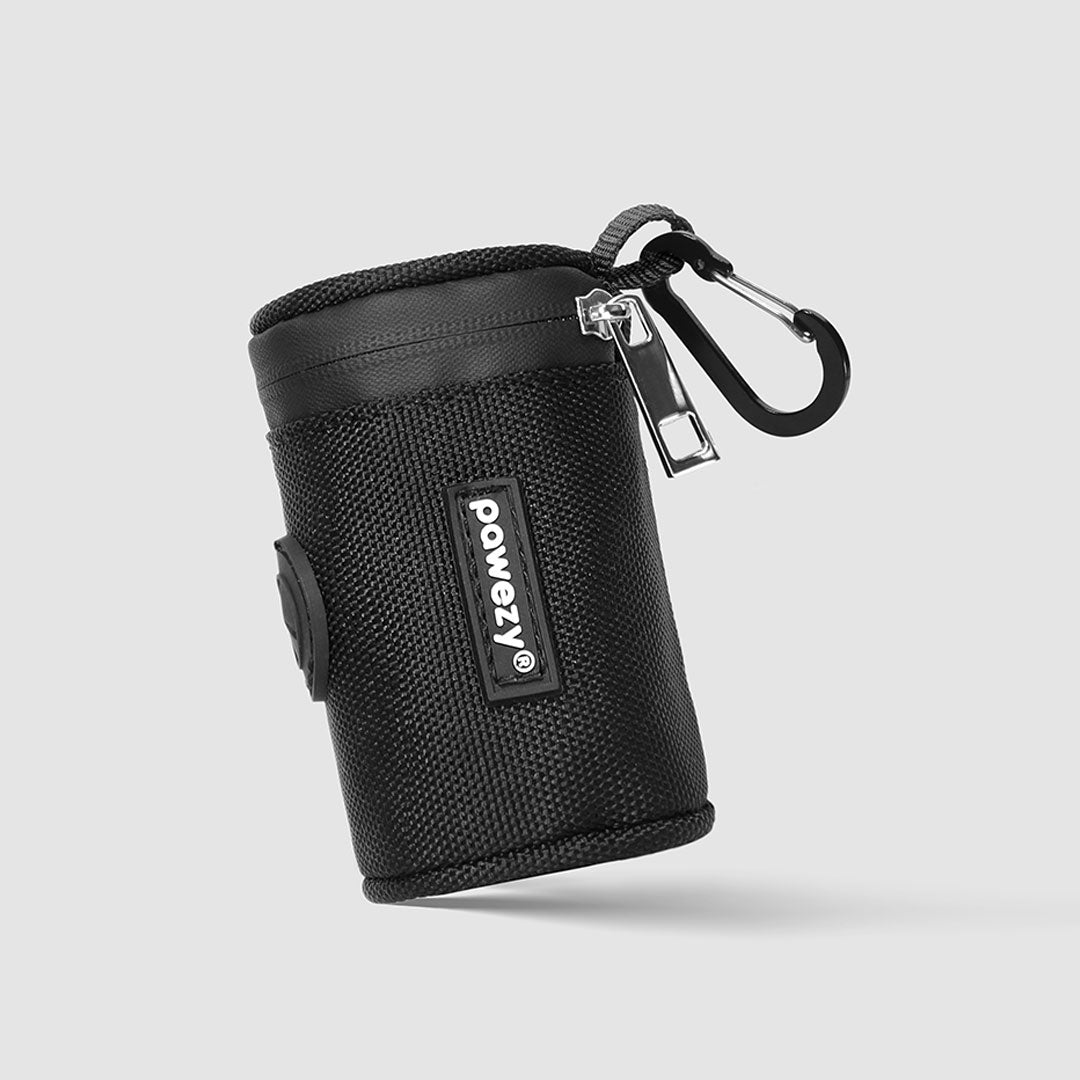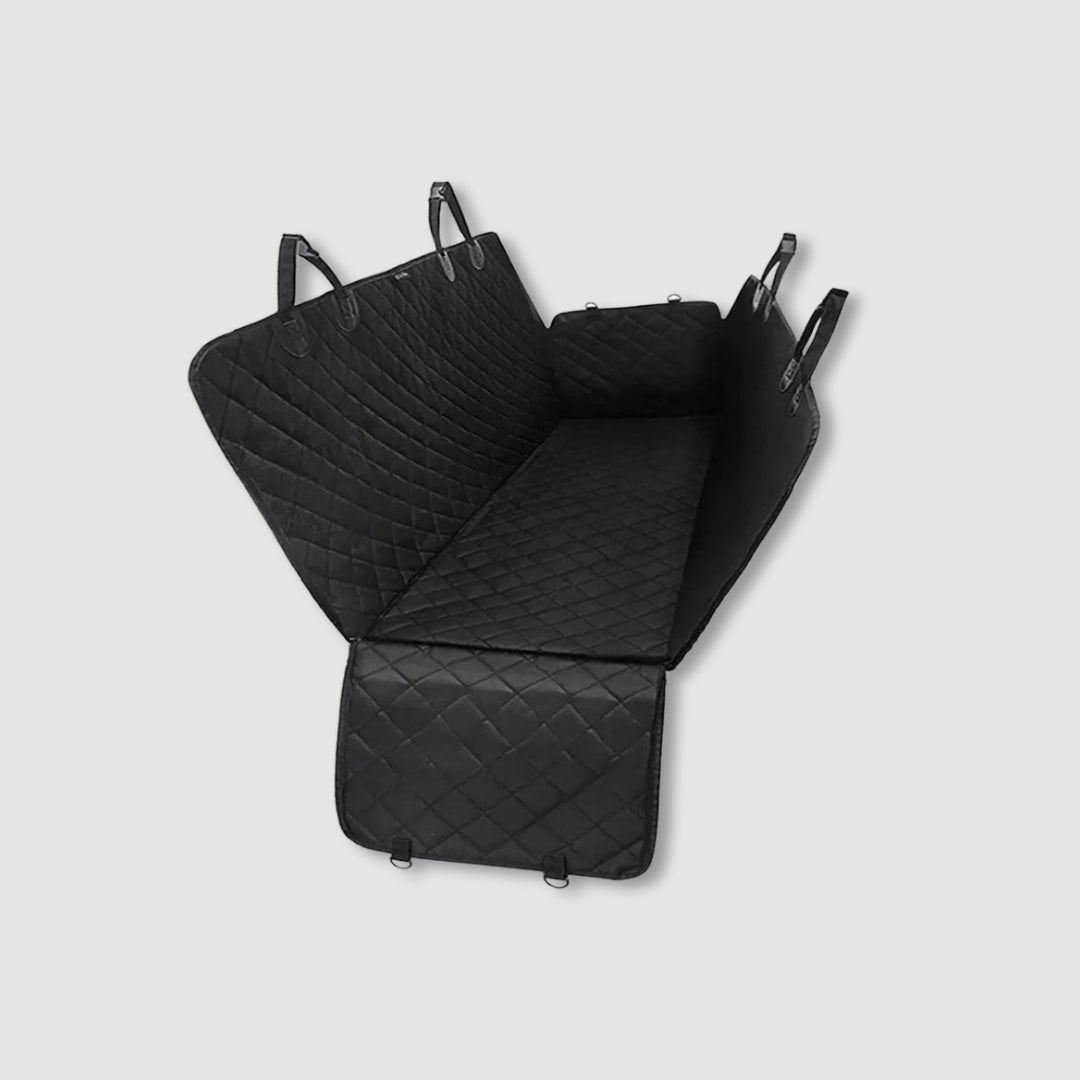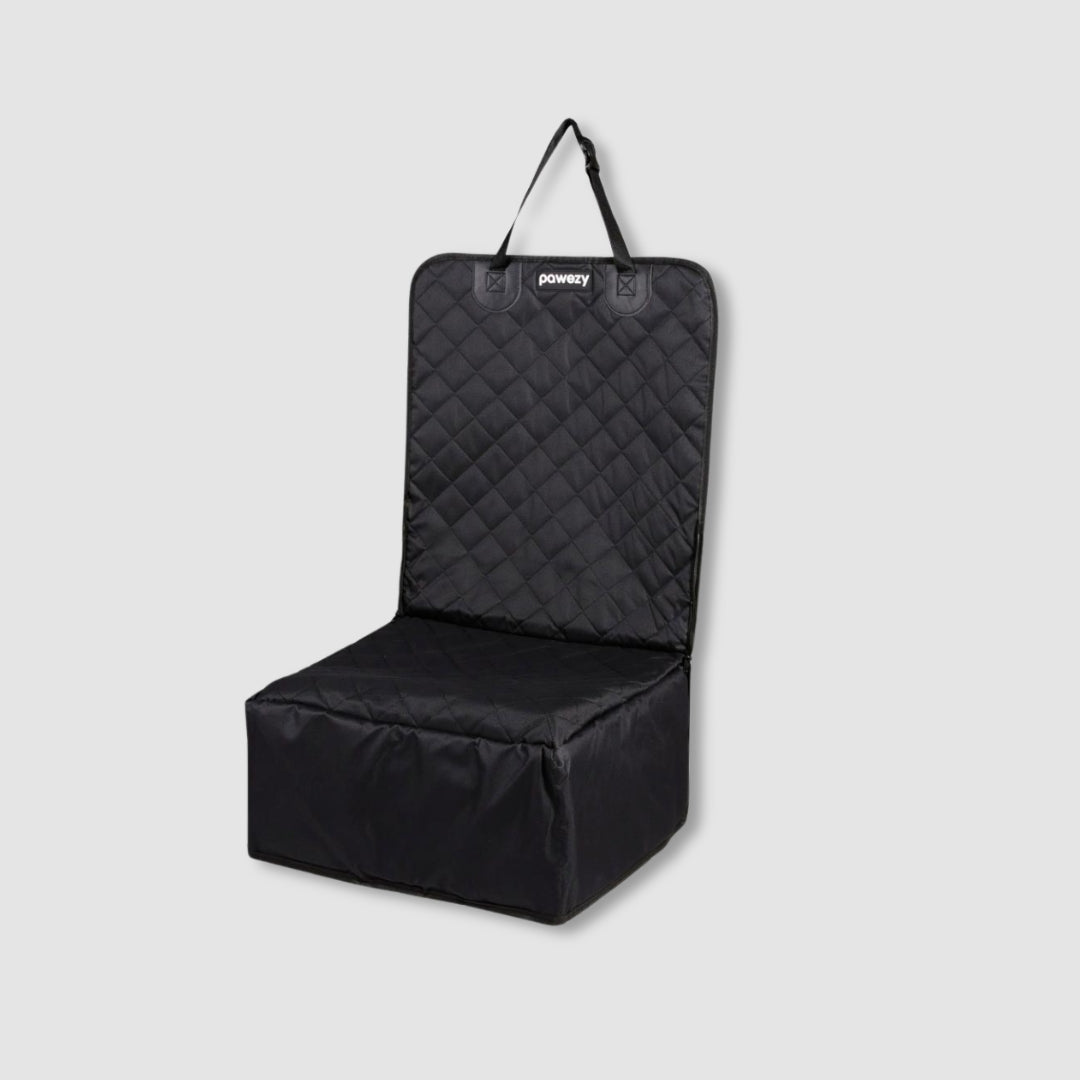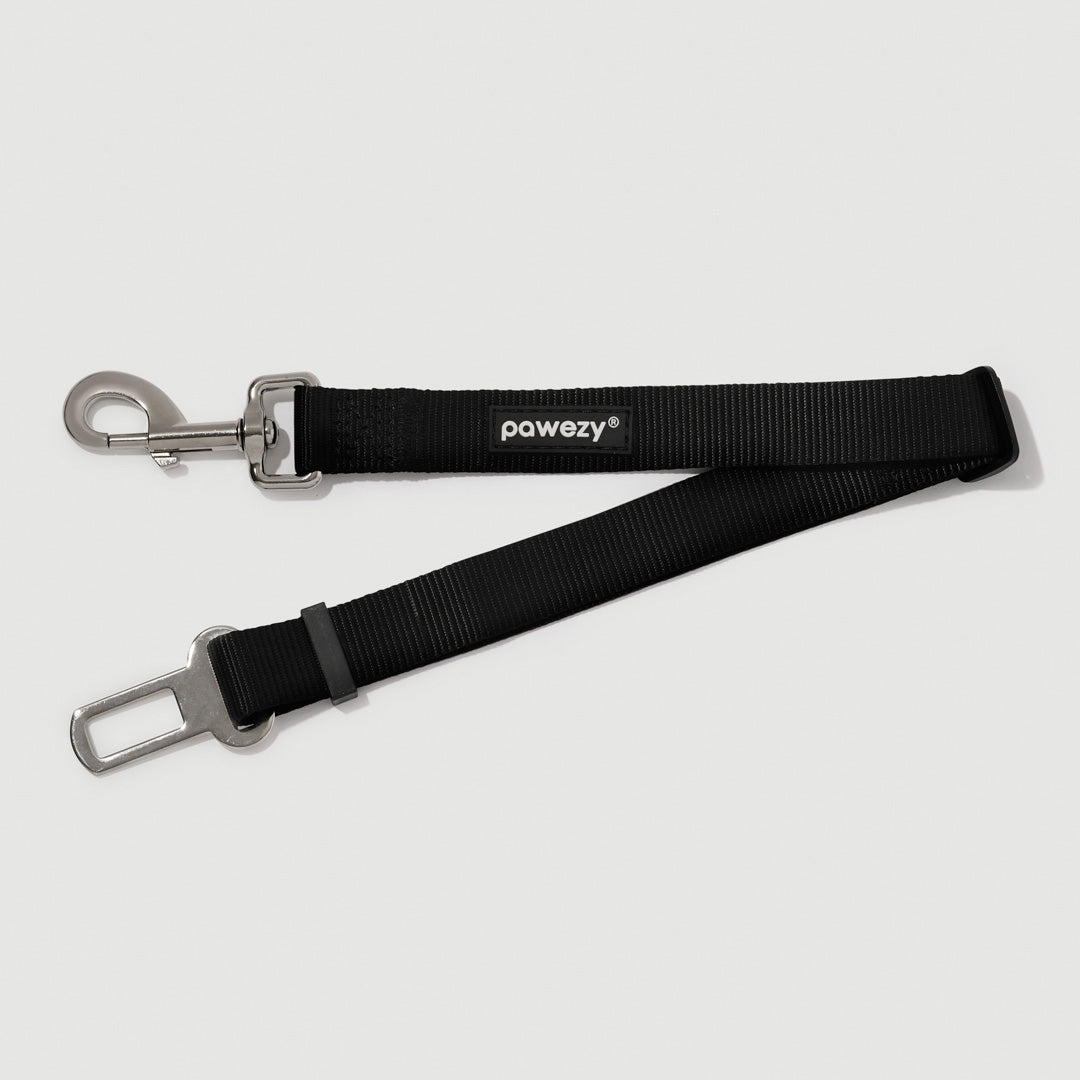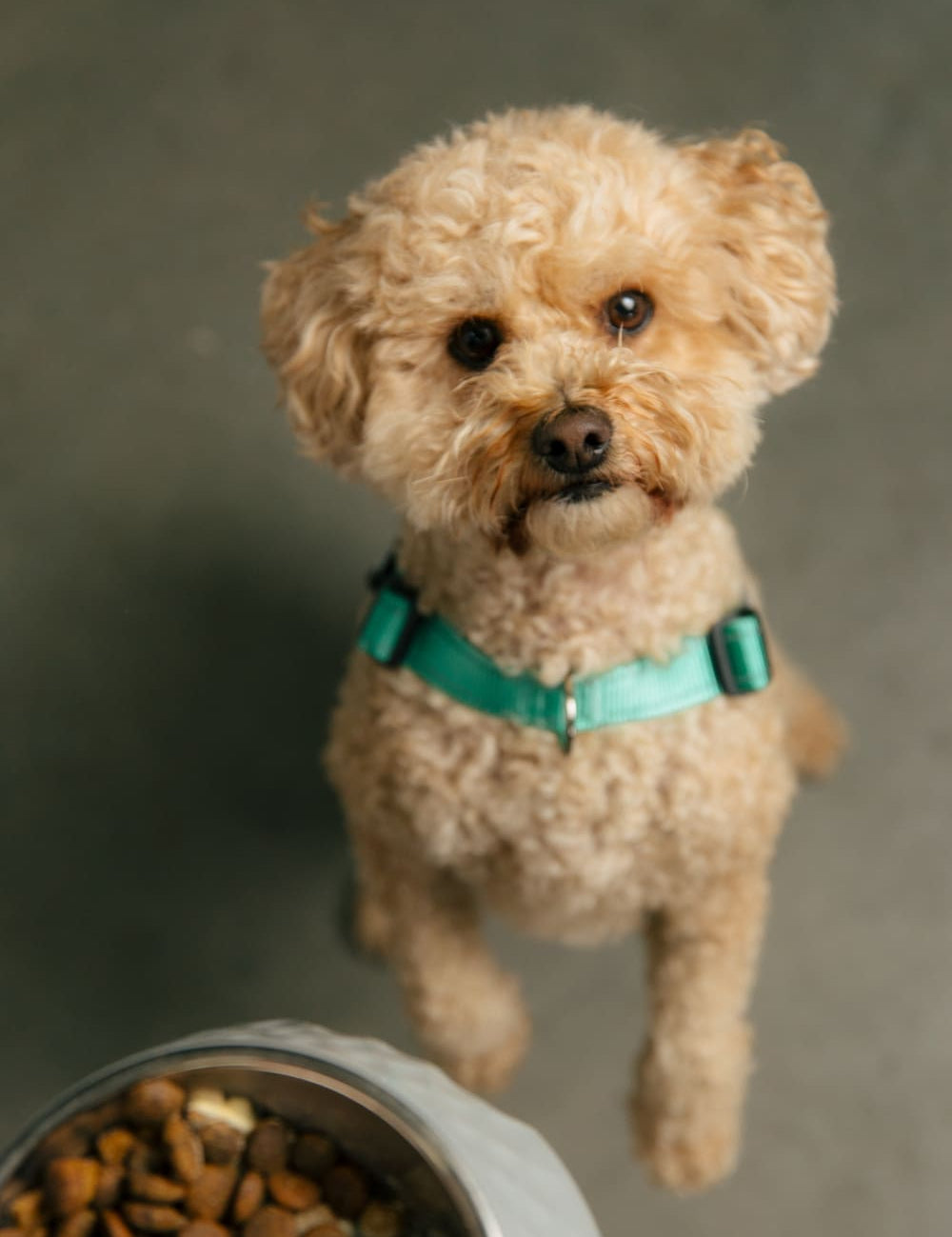Don’t Make These Common Mistakes While Walking Your Dog

Walking a dog isn’t rocket science. But at the same time, it requires a little more effort than taking your pooch from Point A to Point B and back again.
There are several things that could go wrong during a walk, some of which can ruin the experience for you and your doggo. And that’s where we can help.
Read on as we share common mistakes to avoid while walking your dog.
Mistake #1: Using the Wrong Gear for the Walk
What type of dog-walking equipment do you use for Fido? A traditional collar and leash or a dog harness? If you aren’t using a dog harness, it’s time to consider making the switch. Why? Because collars are associated with the following issues:
- A risk of strangulation (from the collar getting caught on things) and neck injury due to the pressure it puts on the dog’s neck.
- Discomfort and stress from a collar that’s on the rigid, stiff side.
- The development of thyroid gland disease and other potentially dangerous conditions.
Dog owners who are concerned about the risks of traditional collars would be much better off with a dog harness. These harnesses go across your dog’s chest and underneath their front legs, making for safer, more enjoyable walks without the strangulation, discomfort, and health risks. So, we urge you to evaluate your gear choice and ensure you’re not using the wrong gear.
Mistake #2: Pulling Your Dog Away from Socialization Opportunities
Another mistake dog owners make when walking their dogs is shutting down socialization opportunities. Your dog is naturally curious and social; if they’re keen on another well-behaved dog or curious about someone walking by, try not to pull them away immediately.
Instead, be there while your dog interacts with the outside world; it’s an excellent way to help foster good mental health and behavioral development and stave off fear and anxiety. This is especially important for young pups. While allowing your dog to explore during walks, keep the following tips in mind:
- Always get permission from others before allowing your dog to enter their physical space.
- Practice name recognition so that your dog will respond to their name during walks.
- Teach your dog to keep a safe distance from new things and people to gauge safety.
Mistake #3: Overexercising Your Dog During Walks
Yes, dogs are strong, robust animals – but remember that they have limits, just like you do. Pushing your dog too hard during a walk or lengthy hike can lead to issues like:
- An aversion to walks.
- Heat sickness when their temperature reaches 106 degrees, which can be life-threatening.
- Muscle soreness and stiffness. They may struggle to move, whine when attempting to move, show reluctance when jumping, or refuse to walk altogether.
- Paw pad damage that can make every step painful for your dog.
- Joint problems (especially in the front limbs, which bear quite a bit of weight).
So, how much exercise is too much for a dog? It varies, so you’ll need to know the signs of overexertion in dogs. In addition to the symptoms/issues listed above, look out for glazed-over eyes, excessive drooling, distinct behavioral changes, limping, and heavy panting.
Mistake #4: Walking Your Dog with Old or Damaged Walking Equipment
In addition to getting your hands on a good dog walking harness, it’s vital to ensure that your chosen harness is in suitable condition. Since harnesses vary in quality and are manufactured by many different suppliers, there’s no arbitrary replacement timeline for them. Some last 1 or 2 years, and others last longer. Hence, the importance of checking your harness before taking it out for a spin.
- A damaged or worn-out harness won’t offer the same level of protection that you’d expect from the restraint system. So, do the following before taking your dog for a walk:
- Look at all parts of the harness in an attempt to find any tears or fraying in the fabric.
- Take a peek at the hardware; rust and other forms of degradation are a no-no.
Should you find evidence of damage to your walking equipment, the next step is to replace it right away with a durable dog lead – one that’s built to last.
Mistake #5: Not Socializing with Your Dog During a Walk
Are your walks dull, quiet, and boring? If so, something is wrong.
Walking time is the perfect time to bond with your best friend. You two get to explore, learn more about each other, train, and more. It only makes sense to make the most of it through socializing. You can do this by talking to your dog and praising them when they exhibit good behavior.
Try putting your phone on “Do Not Disturb,” packing some treats and toys, and focusing on making the moment count.
Mistake #6: Leaving Poop Behind
This one is obvious – it’s crucial not to leave poop behind while walking your dog. Not picking up after them can result in the spread of illnesses, parasites, and bacteria (salmonella, E. Coli, giardia, parvovirus, roundworms, and more). On top of that, dog poop is known to be a pollutant. It can harm wildlife, plant life, and even humans. Learn more about dog poop pollution here.
We know firsthand that picking up after a dog isn’t the most glamorous task in the world. But it’s a necessity. Here are some tips to make it stink a little less:
- Go prepared with a plastic waste bag. Pro tip: Get a dog waste bag container and clip it onto your leash for easy access.
- Get a freeze spray to make it easier to pick up your dog’s #2 and reduce that stinky smell.
- Use a pooper scooper so you don’t have to get up close and personal with your dog’s waste.
- Hire a dog waste removal company; they’ll take care of all the poop in a defined area for a fee.
Mistake #7: Allowing Your Dog to Walk You
You should be walking your dog – not the other way around. If your dog is a “puller,” your walks may be more frustrating than anything else. And that’s no way to enjoy your time together.
When your dog is continually yanking you down the sidewalk, it can lead to stress for both of you, poor behavior on your dog’s part, and even physical injury. On top of that, allowing your dog to pull during walks may reduce your dog’s confidence in you as their leader.
So, what are you supposed to do? Most of the time, the answer is a no-pull dog harness.
No-pull dog harnesses are designed to give you more control without causing your pup any discomfort. They feature a D clip in the front that gently redirects your dog’s motion back toward you whenever they try to lunge forward. This feature discourages pulling without putting pressure on the dog’s neck.
In addition to ensuring you have a no-pull harness, here are some other tips to stop the pulling:
- Reward your dog when they’re displaying good leash manners.
- Stop walking when your dog pulls on the leash, and don’t start walking again until your dog gives you a loose leash.
- Walk a little faster than you would normally – dogs naturally walk much faster than humans.
Mistake #8: Walking Close to Unfamiliar Dogs
Being too friendly during walks can (and often does) open the door to trouble. An unfamiliar dog might seem calm initially, but that can quickly change once your dog walks up to them.
While you’re out on a walk, be cautious of unfamiliar dogs and give them a wide berth. You should only close the gap after you’ve seen the dog’s behavior around other dogs and have confirmed that the owner wants both your dogs to socialize. Whenever you’re unsure of a dog’s temperament, it makes sense to redirect your dog to focus on something else.
Note: Though avoiding unfamiliar dogs keeps you and your dog safe, try to become familiar with other neighborhood dogs and owners so your pooch can socialize with them.
Mistake #9: Being Too Strict
No dog wants to take a walk with an owner-turned-drilled sergeant. It sucks the fun out of what could have been a fun, explorative experience, and it adds a layer of stress to the mix for you and your dog. Your dog needs structure and guidance, but when you’re constantly correcting, restricting, or rushing them, you risk turning walks into a chore instead of a bonding opportunity.
Give your dog enough time to sniff around and explore. That’s how they take in their surroundings.
Mistake #10: Not Addressing Bad Behaviors
Ignoring unwanted behaviors on walks, like barking at other dogs or disobeying common commands, can cause those habits to become ingrained and harder to fix over time. Instead of hoping the behavior will stop on its own, take proactive steps like these to correct it:
- Teaching heel exercises for excessive barking.
- Practicing and perfecting typical dog commands like “leave it,” “sit,” and “drop it.”
- Rewarding your dog with treats and praise when they get things right.
So, there you have it – 10 mistakes dog owners make when walking their dogs. We hope you found all the information you were looking for, and we wish you and your pooch tons of enjoyable walks in the future.



